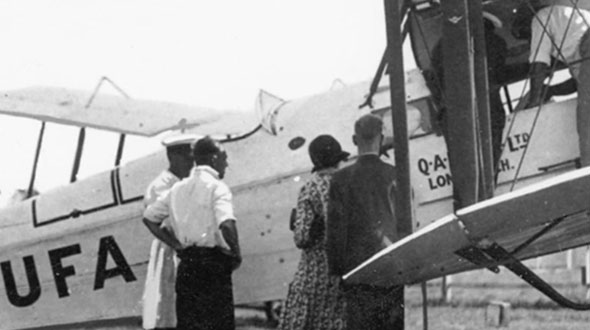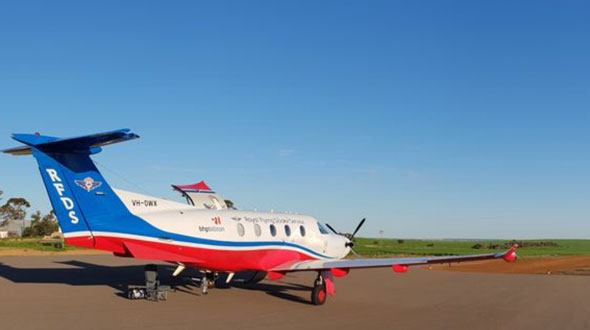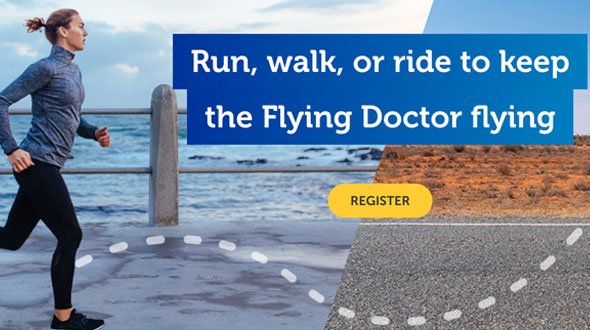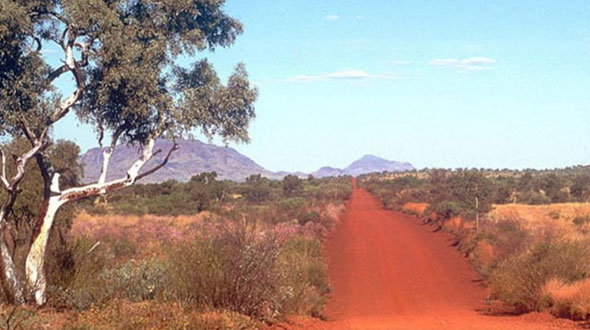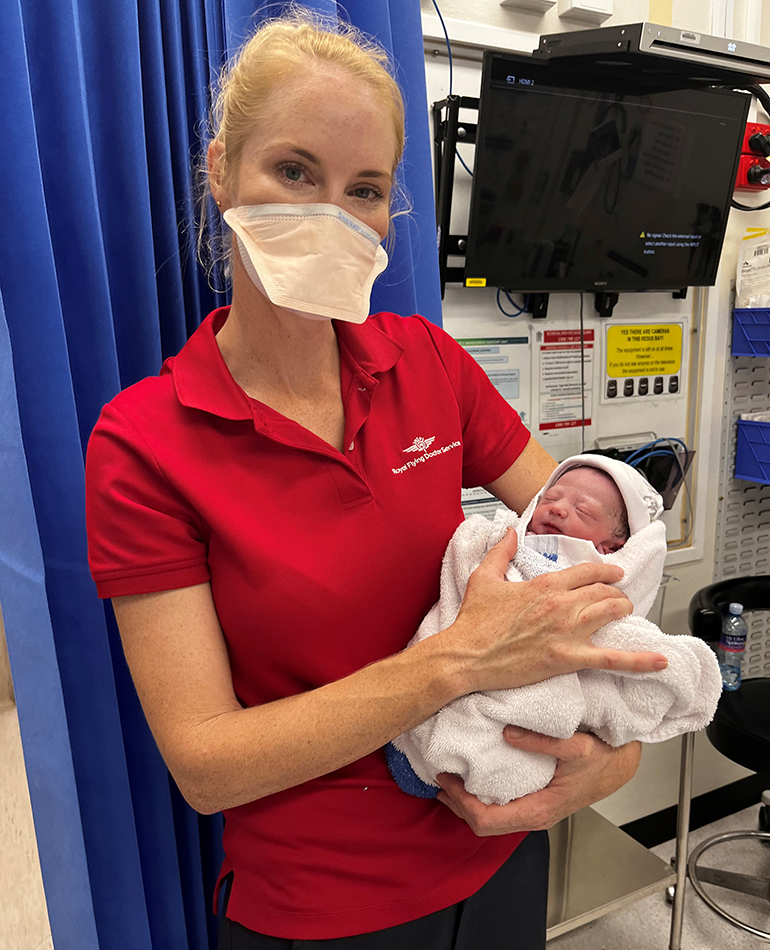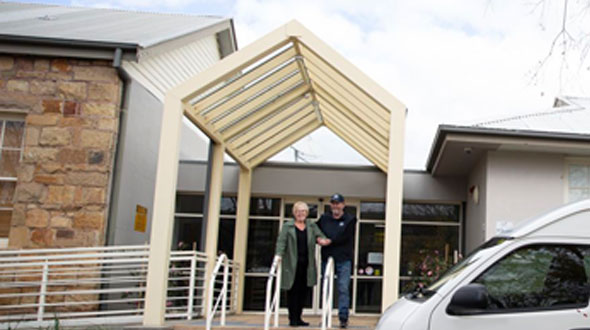Article supplied by RFDS.
This service expansion is made possible through an Australian Government’s Primary Health Networks (PHN) Program grant obtained by Western Victoria Primary Health Network. Western Victoria PHN has partnered with Murray PHN and Gippsland PHN so that the program can reach communities in the catchments of all three rural Victorian Primary Health Networks. While the exact locations of the new service hubs are still being finalised, RFDS Victoria is excited that all three PHNs have come together for this project.
Flying Doctor Community Transport provides free transportation for eligible clients to their health appointments and social group activities. The service recognises that people living in rural communities can face additional barriers when it comes to accessing health care and social connection due to a geographically spread population and limited transport options. As such, the service aims to make it easier and more affordable for people to attend vital health care appointments, thereby enabling people to take control of their own health and reducing occurrences of missed appointments.
“The greatest cost to our health system is missed appointments,” says Scott Chapman, Chief Executive RFDS Victoria. “For the people who are having to go for cancer treatments or other things, they rely on their family to have to take a day off and come up from Melbourne to get them there, and so people just miss appointments. This service is designed to make sure that doesn’t happen.
“What we have seen with the success of this service is that we are not only helping individuals but contributing to healthy communities.”
Western Victoria Primary Health Network CEO Rowena Clift says they are excited to partner with RFDS Victoria to bring this great service to more communities.
“We are delighted to partner with RFDS Victoria. This unique and valuable service reaches into parts of our community where health services are not readily available or are some distance away. Through RFDS, people can receive the health assistance they need. We also look forward to the establishment of the new hubs in our region to further enhance this service for our community.”
The Flying Doctor Community Transport service originally launched in Heathcote in central Victoria in 2018, and expanded to Rochester in 2021. In these areas, RFDS Victoria’s partnerships with Heathcote Health and Rochester and Elmore District Health Service, respectively, have been a large driver for the program’s success.
“Having already established successful and supportive relationships in Heathcote and Rochester, we are excited by this opportunity to partner with three innovative PHNs,” says Melanie Trivett, General Manager for Primary Health Care, RFDS Victoria. “We look forward to working with Western Victoria Primary Health Network, Murray PHN and Gippsland PHN to develop a service that is run with the community, for the community.”
In addition to its strong partnerships, Flying Doctor Community Transport is made possible thanks to its very generous volunteer drivers. The volunteers are typically passionate locals who are committed to supporting their community, or health care students who are looking for some real world experience – in fact, some volunteers from the Heathcote and Rochester programs have gone on to join the Flying Doctor’s Mobile Patient Care (MPC) service.
“Once our new sites are confirmed, we will begin seeking expressions of interest from locals in those communities to join our team of volunteer drivers,” says Dr Trivett. “Volunteers are the backbone of community transport services, and so we are always looking for ways we can celebrate our volunteers and recognise their generous contributions, such as through our involvement in the inaugural Victorian Community Transport Week.”
To find out more about Flying Doctor Community Transport and its pending expansion, contact our team on 1300 887 678 or via communitytransport@rfdsvic.com.au. You can also keep an eye on our Facebook page for all updates.




